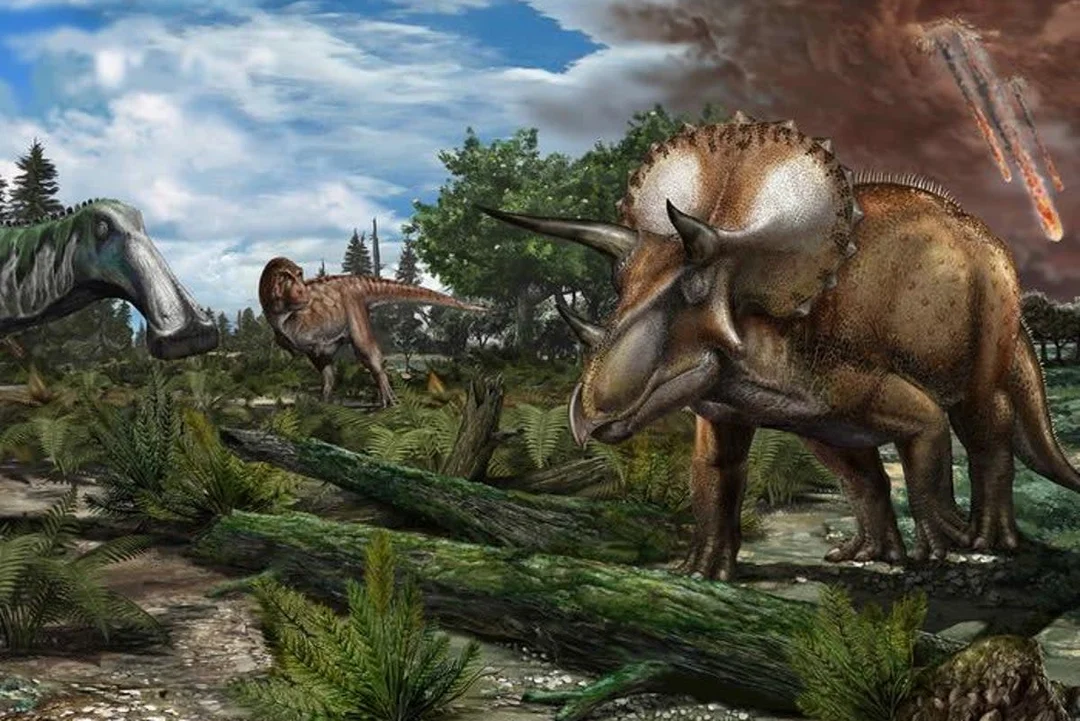
Dinosaurs Might Still Roam The Earth If The Asteroid Hadn’t Struck
Imagine a world where dinosaurs still inhabit the Earth, roaming through lush green plains and interacting with modern mammals. New research sheds light on this tantalizing notion, suggesting that dinosaurs may not have been on the brink of extinction before the infamous Chicxulub asteroid impact 66 million years ago, but rather misrepresented by fossil collection practices.
According to a groundbreaking study led by Dr. Chris Dean from University College London, the fossil record's apparent decline in dinosaur populations could be attributed to the inherent difficulties in discovering fossils, especially in the six million years leading up to the catastrophic event. Dr. Dean stated, "We can’t take the fossil record at face value," highlighting the importance of a critical reassessment of existing data.

The researchers' analysis of over 8,000 fossils yielded striking results. They focused on four major dinosaur groups, including the armored Ankylosaurus, the iconic Triceratops, the duckbilled Edmontosaurus, and the ferocious Tyrannosaurus Rex, examining their potential habitats across North America during the 18 million years prior to the asteroid impact.
Interestingly, the study found that the proportion of land these dinosaurs occupied remained stable, suggesting their habitats were consistent throughout that period. Dr. Dean elaborated, "Our findings hint that, in this region at least, dinosaurs may have been doing better than previously suggested in the lead-up to the asteroid impact... potentially with a higher diversity of species than we see in the raw rock record." This significant revelation indicates that rather than sliding toward extinction, dinosaurs were thriving.

Co-author Dr. Alessandro Chiarenza reinforced these insights, stating, "This apparent decline is more likely a result of a reduced sampling window ... rather than genuine fluctuations in biodiversity." This perspective dramatically challenges the long-held belief that dinosaurs were fated for extinction.
This revelation opens intriguing possibilities about what our world might look like if these magnificent creatures had survived. While we may never have a definitive answer, the research certainly provides a fresh lens through which to view our prehistoric past.
What are your thoughts? Could dinosaurs still be hiding in unexplored territories? Share your perspective in the comments below!